Tricolor Sage Herb – Tips On Growing Tricolor Sage Plants
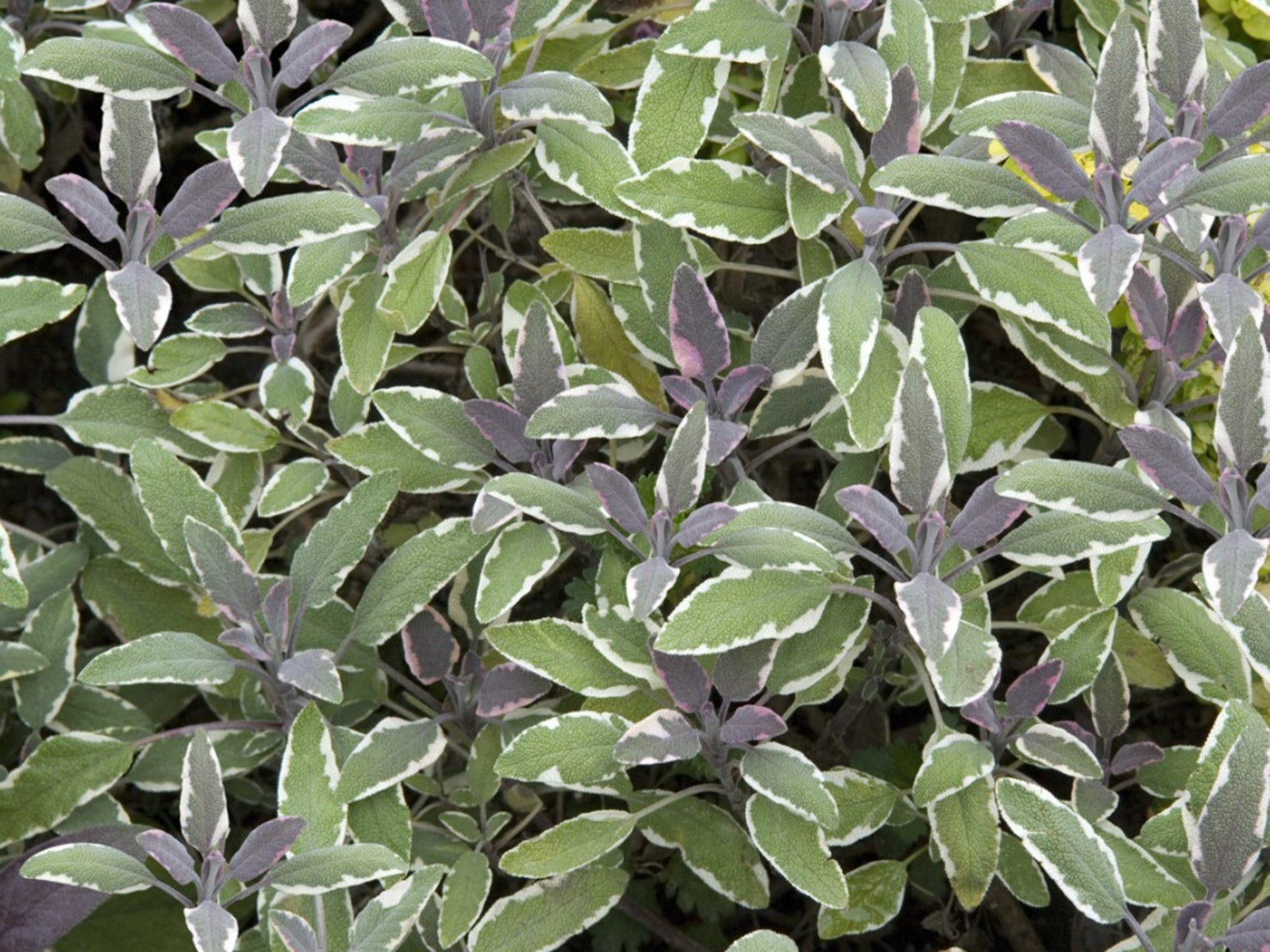

Sage is a very popular herb to have in the garden, and with good reason. The fragrance and taste of its leaves are unlike anything else, making it very popular in cooking. Many gardeners simply stick to green sage, but an interesting alternative that’s gaining some real traction is tricolor sage. Tricolor sage plants are so exciting because they do double duty as a culinary herb and as an ornamental. Keep reading to learn more about growing tricolor sage and tricolor sage care.
Uses for Tricolor Sage in Gardens
Tricolor sage (Salvia officinalis ‘Tricolor’) is mainly distinguished from its cousins by its leaves. Though the main color is green, the edges are bordered with uneven splotches of white and the interiors splashed with shades of pink and purple. The overall effect is a very pleasant, somewhat subdued mottling of color. Is tricolor sage edible? Absolutely! Its flavor is the same as that of any common sage, and its leaves can be used interchangeably in any recipe that calls for sage. If you don’t want it for culinary purposes, simply growing tricolor sage plants in the garden as ornamentals works too.
Tricolor Sage Care
Tricolor sage care is extremely easy. The plants do best in full sun, though they can tolerate a little bit of shade. They tend to grow to between 1 and 1.5 feet (0.5 m.) tall and wide. They prefer drier, sandier soil, and will tolerate both acidic and alkaline conditions. They tolerate drought well. In midsummer, they produce beautiful blue to lavender flowers that are very attractive to butterflies. Apart from the color of the leaves, the biggest thing that sets tricolor sage apart is its tenderness to cold. While green sage is quite winter hardy down to USDA zone 5, tricolor sage really only survives down to zone 6. If you live in a cooler climate, it may be a good idea to plant your tricolor sage plants in containers that can be brought indoors in the winter.
Gardening tips, videos, info and more delivered right to your inbox!
Sign up for the Gardening Know How newsletter today and receive a free copy of our e-book "How to Grow Delicious Tomatoes".

The only child of a horticulturist and an English teacher, Liz Baessler was destined to become a gardening editor. She has been with Gardening Know how since 2015, and a Senior Editor since 2020. She holds a BA in English from Brandeis University and an MA in English from the University of Geneva, Switzerland. After years of gardening in containers and community garden plots, she finally has a backyard of her own, which she is systematically filling with vegetables and flowers.
-
 10 Common Composting Problems That Can Spoil Your Garden Gold – Plus Easy Fixes
10 Common Composting Problems That Can Spoil Your Garden Gold – Plus Easy FixesLearn how to troubleshoot common composting issues before they ruin your stash – from bad smells and bugs to materials not breaking down as they should.
By Susan Albert
-
 Terrifically Tubular Flowers For Hummingbirds: 9 Tube-Flowered Plants To Attract Hummers
Terrifically Tubular Flowers For Hummingbirds: 9 Tube-Flowered Plants To Attract HummersGrowing tubular flowers for hummingbirds helps you create the optimum feeding conditions for your winged friends. Here are nine tubed delights for hummers
By Tonya Barnett
-
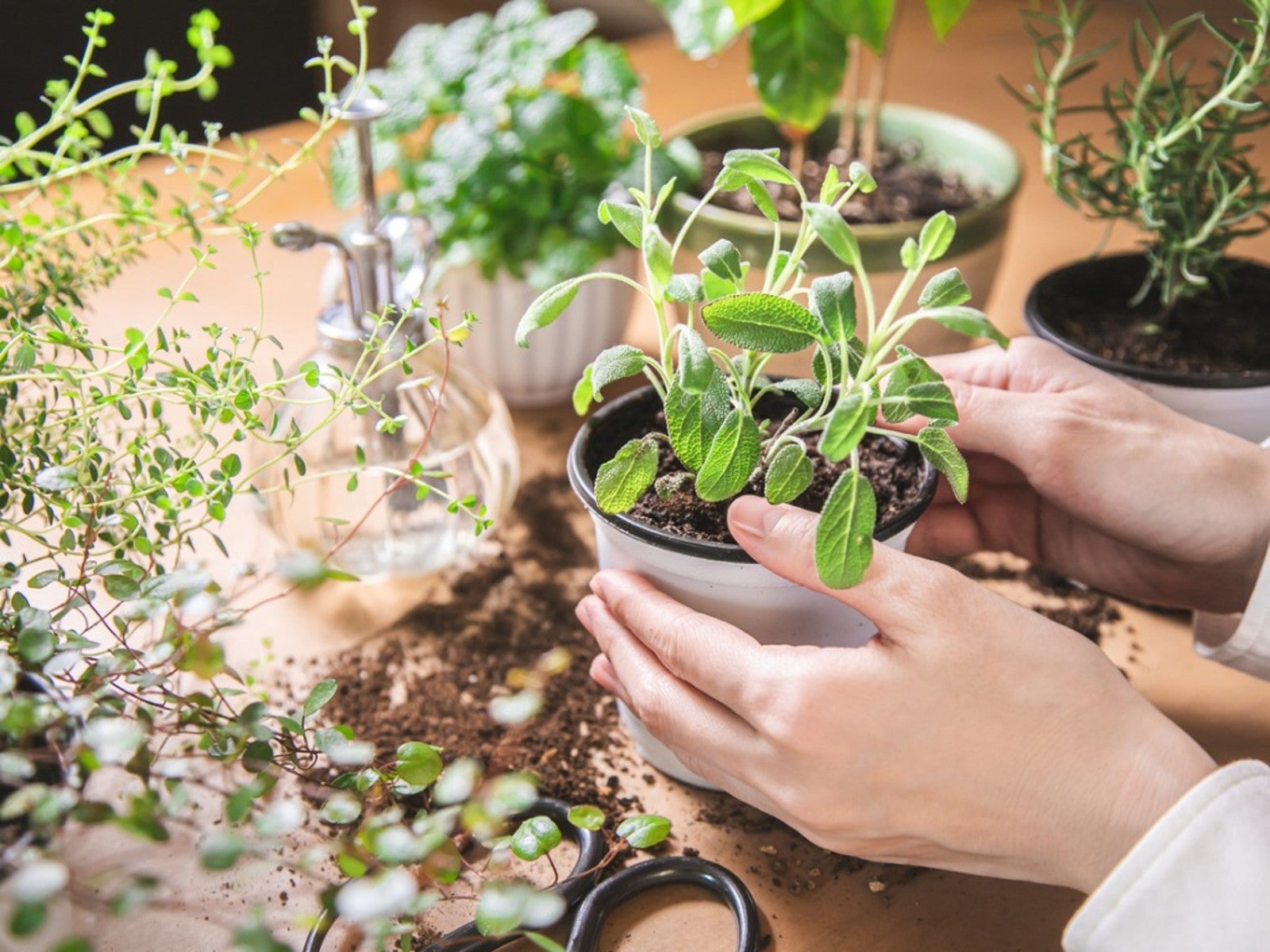 Propagating Sage: How To Grow Sage From Cuttings And Seed
Propagating Sage: How To Grow Sage From Cuttings And SeedOne of the best ways to acquire new plants is by propagating sage from existing ones. Read on to learn how.
By Laura Miller
-
 Picking Sage Herbs – When Should I Harvest Sage Herbs
Picking Sage Herbs – When Should I Harvest Sage HerbsSage is a versatile herb that is easy to grow in most gardens. It looks nice in beds but you can also harvest leaves to use dried, fresh or frozen. If growing to use in the kitchen, know when to pick sage and how to harvest it for the best results. This article will help with that.
By Mary Ellen Ellis
-
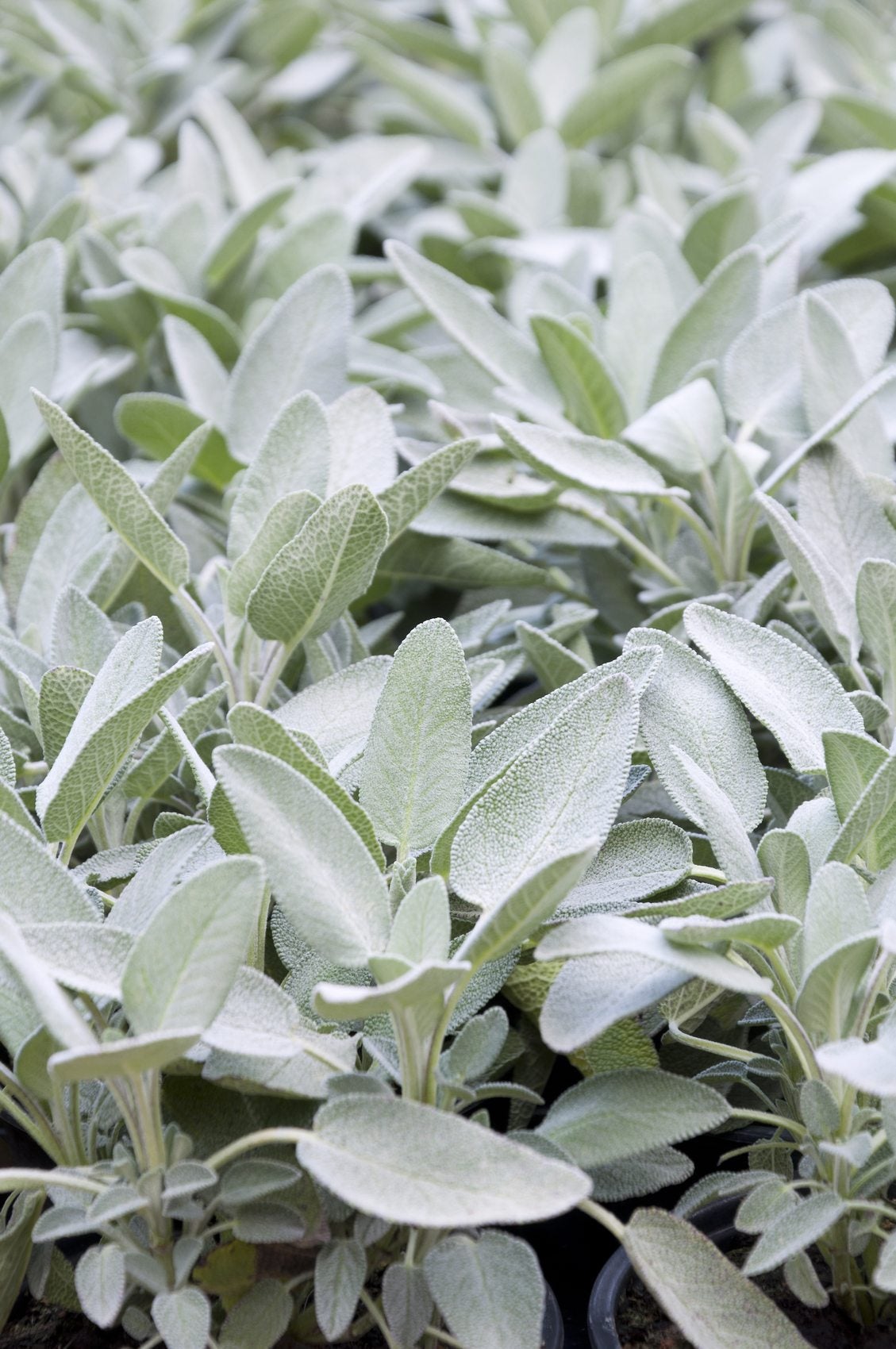 Sage Plants For Gardens: Learn About Different Types Of Sage
Sage Plants For Gardens: Learn About Different Types Of SageThere are many different types of sage. Some are culinary, some have medicinal properties and some are grown purely for ornamental purposes. All of these sage plants work well for gardens. Find out about sage plant varieties and their uses in this article.
By Amy Grant
-
 Tangerine Sage Plant Info: How To Grow Tangerine Sage Plants
Tangerine Sage Plant Info: How To Grow Tangerine Sage PlantsHighly ornamental and relatively speedy, growing tangerine sage couldn't be easier, as long as you meet the plant's basic growing conditions. Click this article to find out how to grow tangerine sage plants in the garden.
By Mary H. Dyer
-
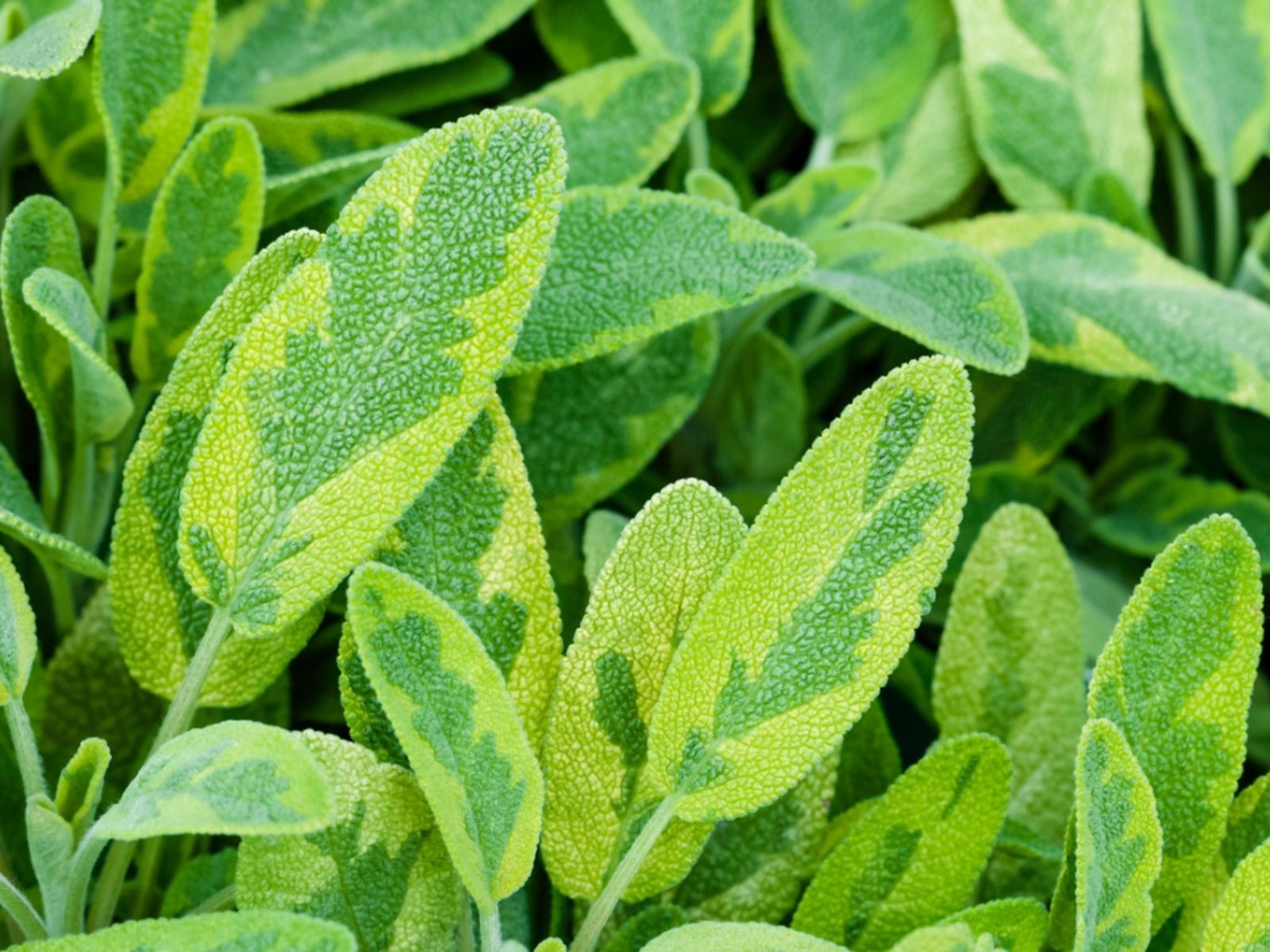 Golden Sage Care: How To Grow A Golden Sage Plant
Golden Sage Care: How To Grow A Golden Sage PlantGolden sage has the same aromatic and flavor properties of traditional sage but boasts lovely variegated leaves that are a contrast from the grayish leaves of common garden sage. Learn more about golden sage in this article.
By Bonnie L. Grant
-
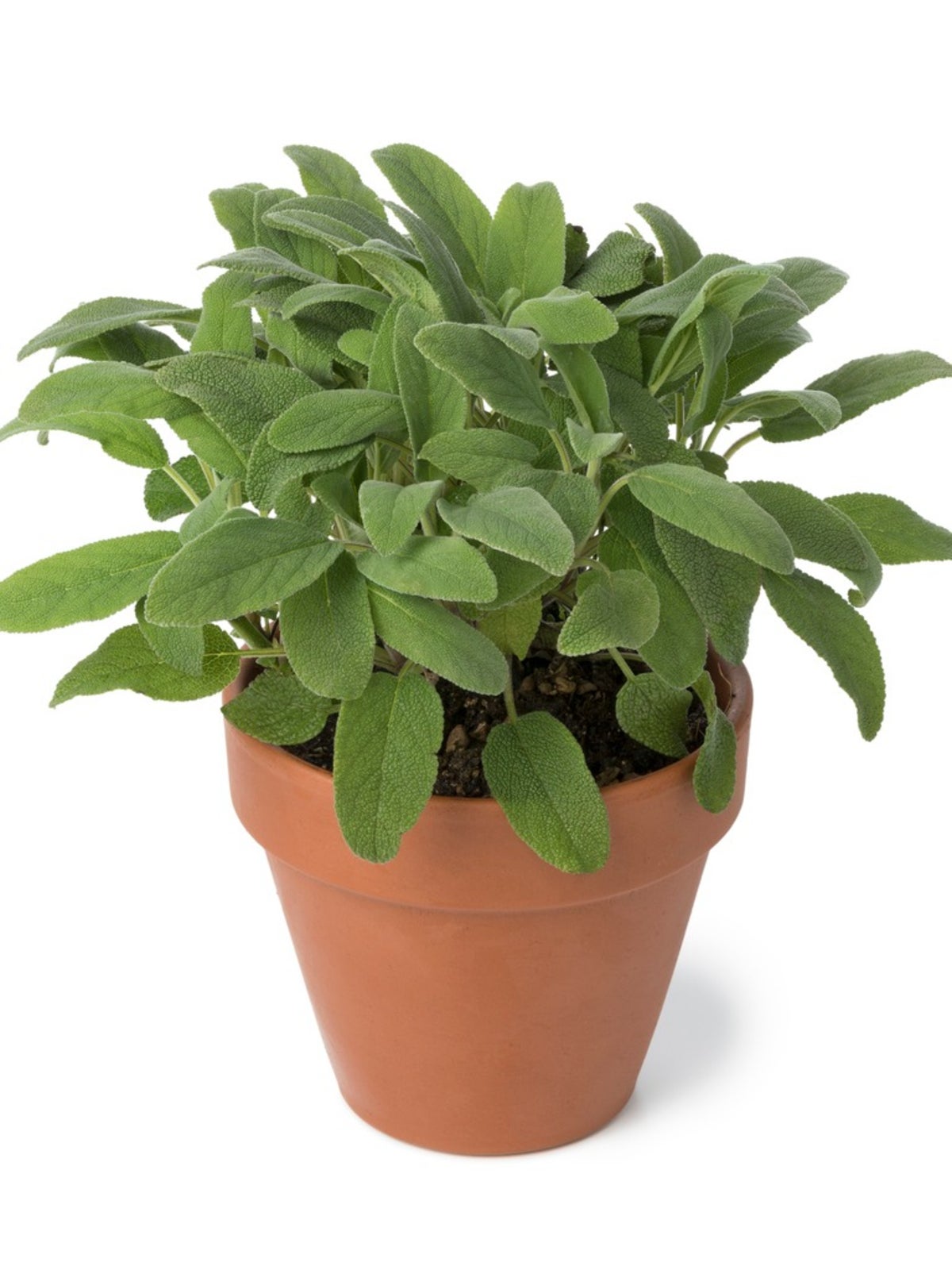 Care Of Potted Sage Herbs - How To Grow Sage Plant Indoors
Care Of Potted Sage Herbs - How To Grow Sage Plant IndoorsSage is commonly used in poultry dishes and stuffing, especially during the winter holidays. Perhaps you've wondered, "Can sage be grown indoors?" The answer is yes. Learn about growing sage indoors here.
By Becca Badgett
-
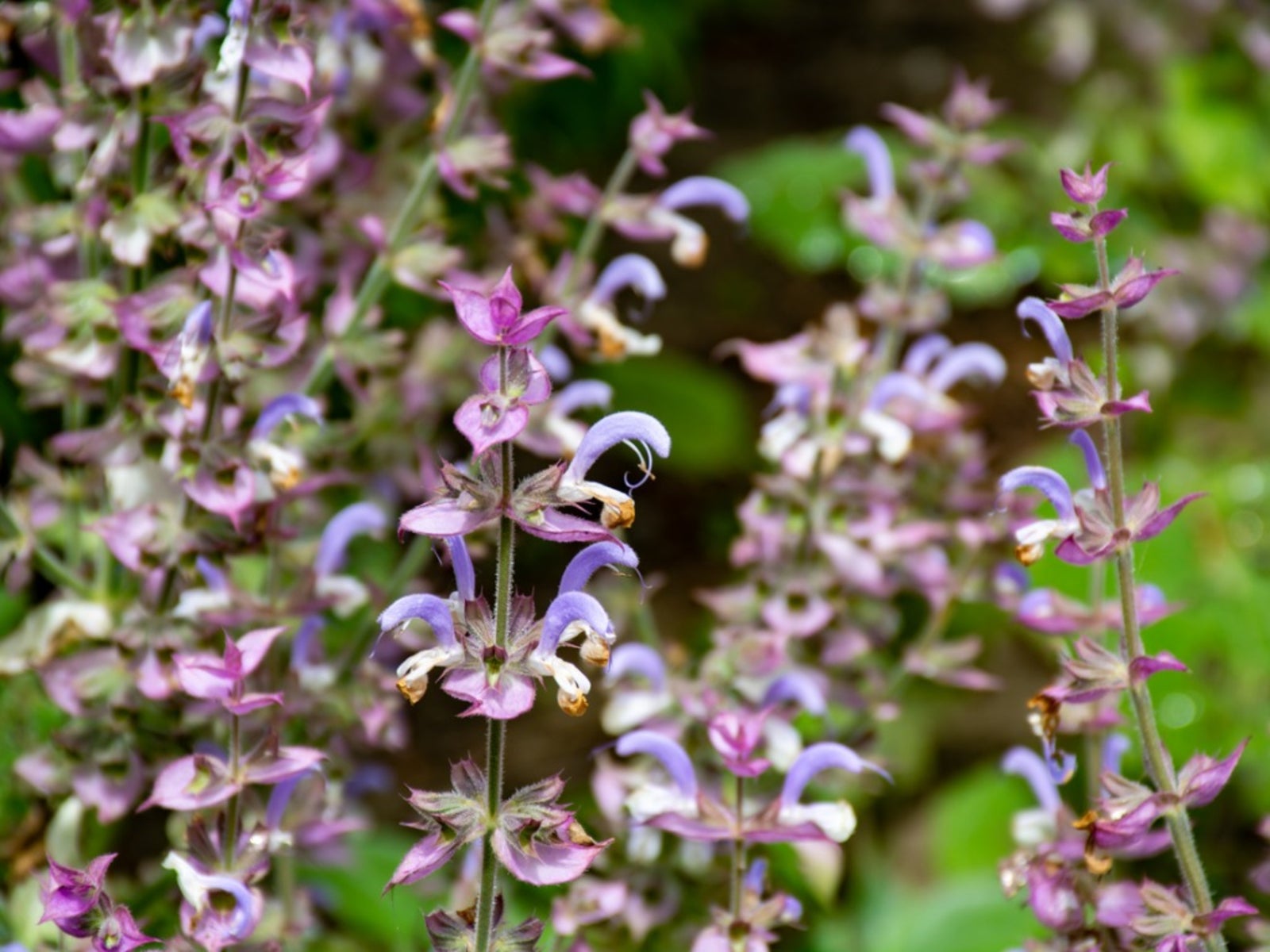 Growing Clary Sage: Enjoying The Clary Sage Herb In Your Garden
Growing Clary Sage: Enjoying The Clary Sage Herb In Your GardenClary sage plant has a history of use as a medicinal, flavoring agent and aromatic. To learn more about the herb and its uses, as well as how to grow clary sage, the information in this article will help.
By Bonnie L. Grant
-
 Tips On How To Grow Pineapple Sage
Tips On How To Grow Pineapple SageLeaves of pineapple sage emit the fragrance of pineapple, hence comes the common name of the pineapple sage plant. The easy care of pineapple sage is one more reason to have it in the garden. Click here for more.
By Becca Badgett